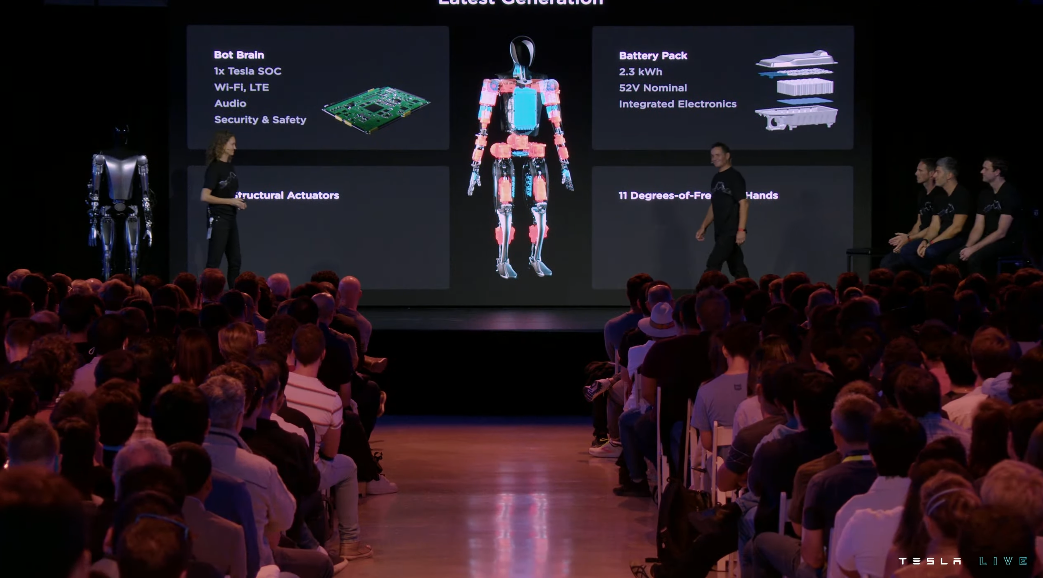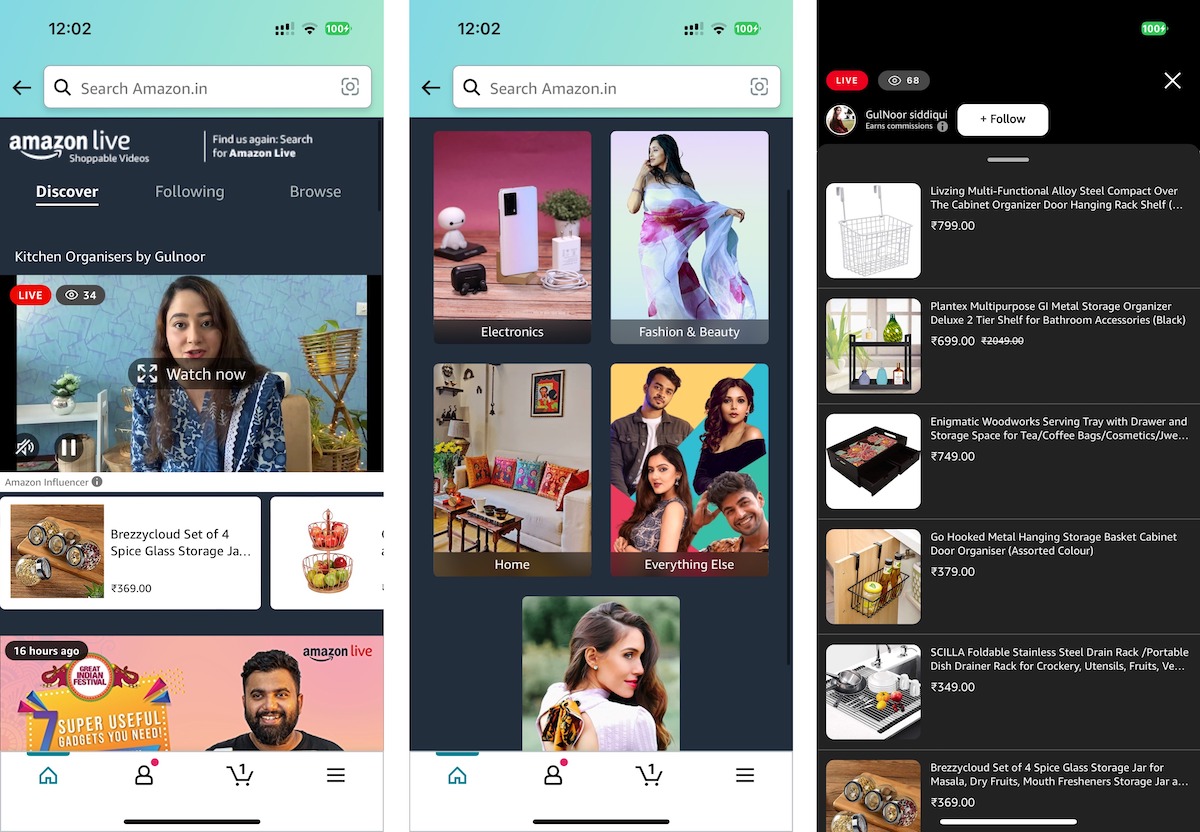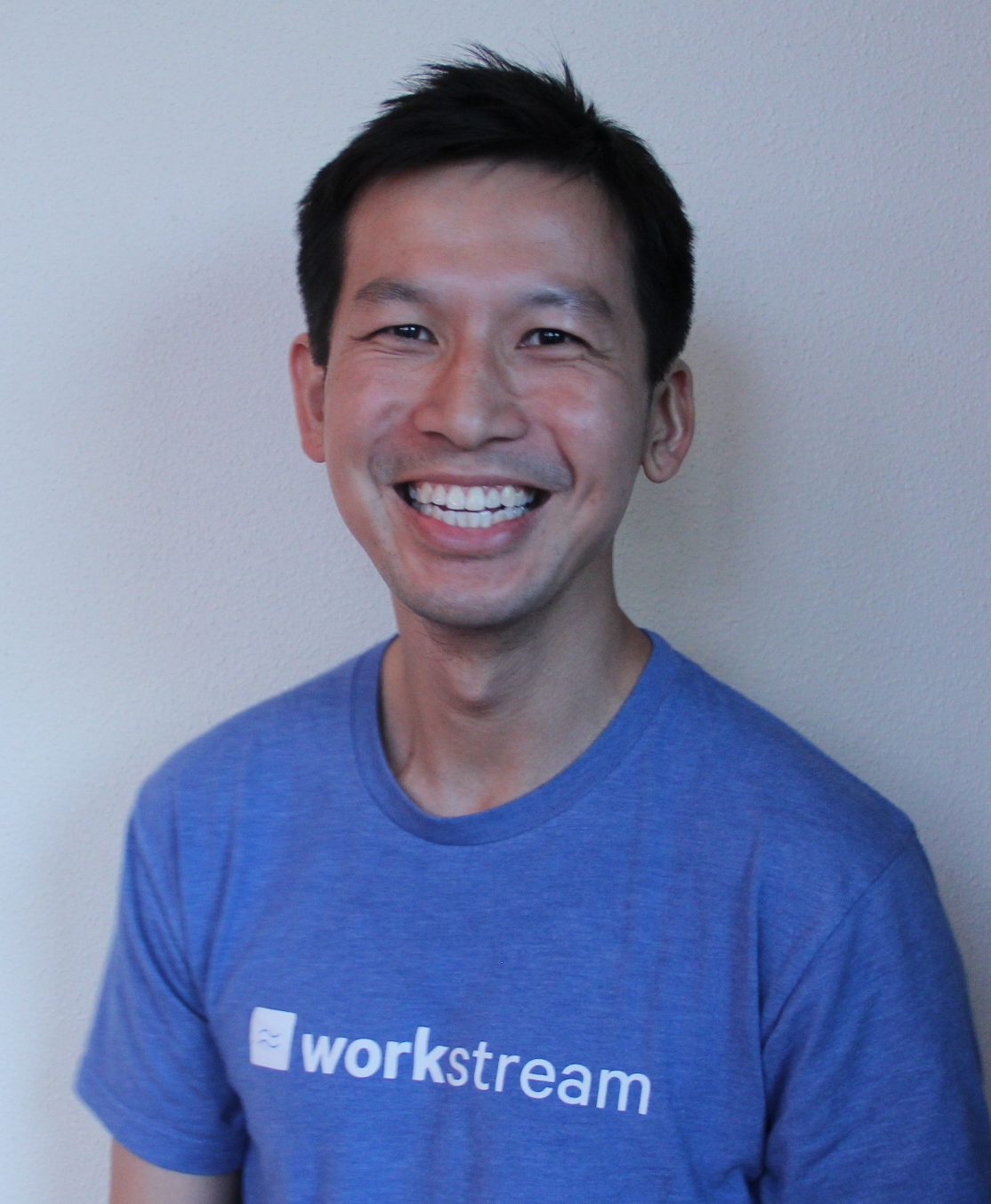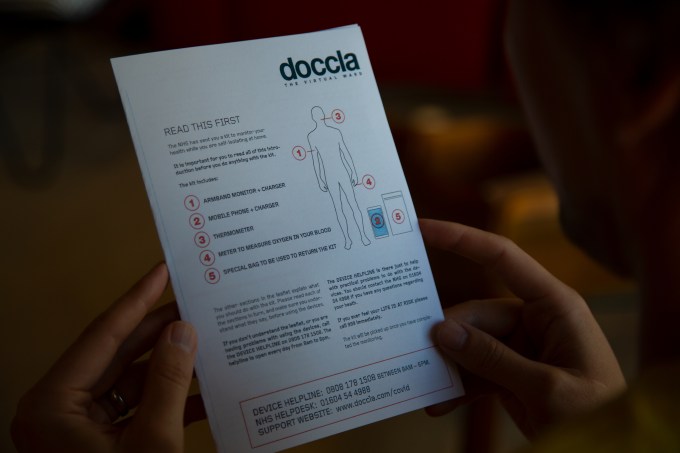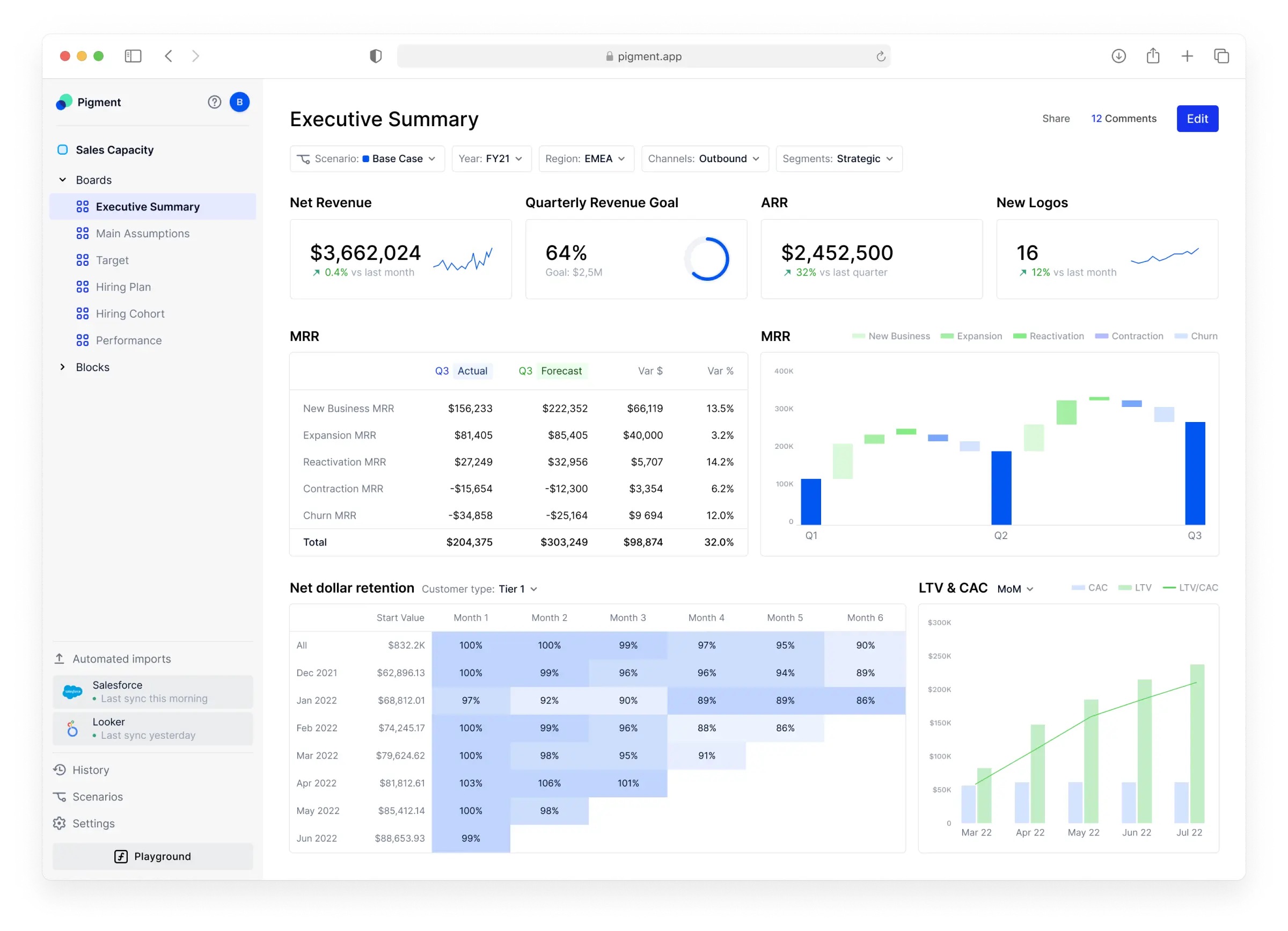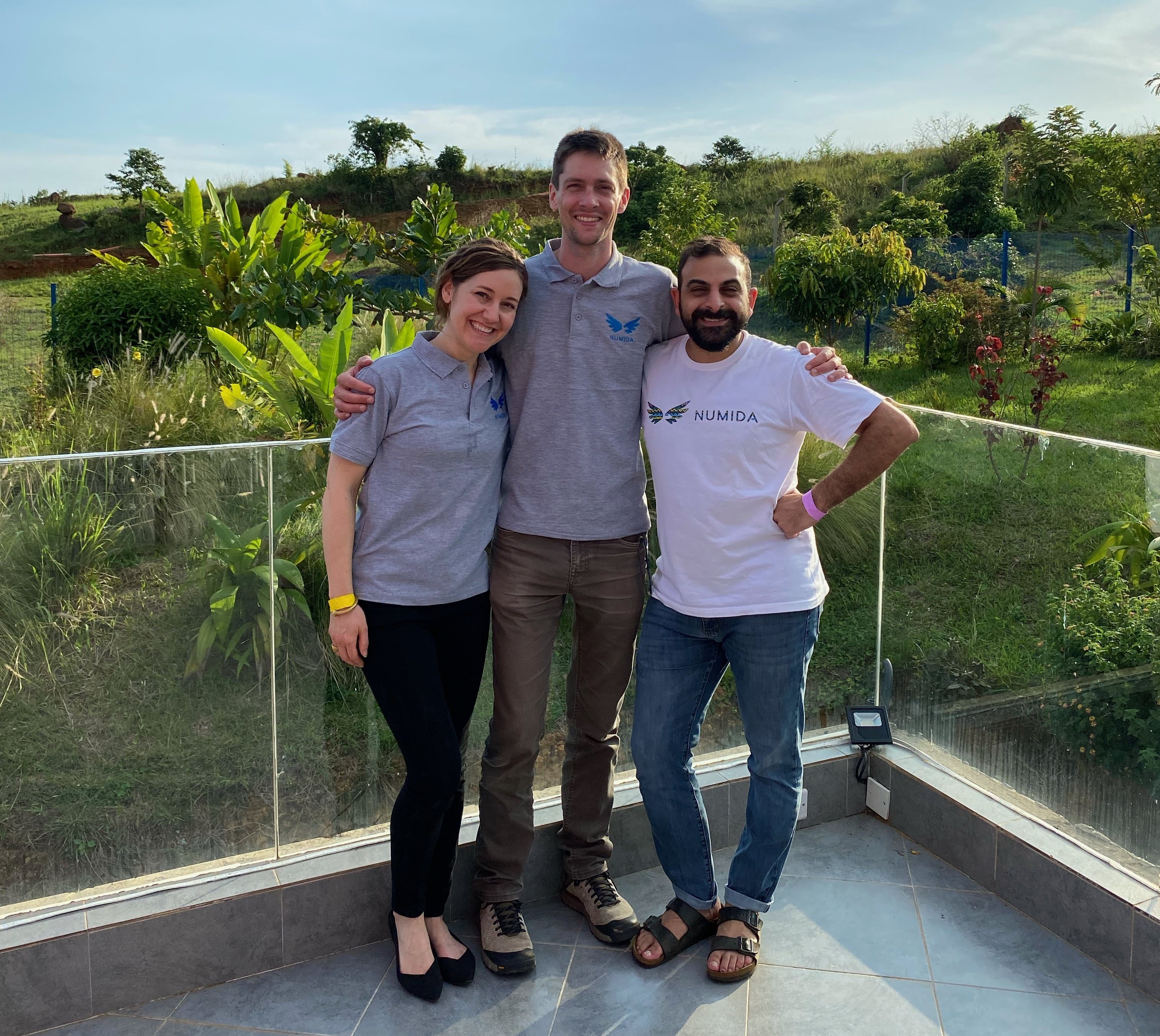A new, particularly juicy document has surfaced in discovery leading up to the Elon Musk v. Twitter trial, slated to take place in a few weeks. Behold: a trove of texts between Musk and key figures at Twitter, like founder Jack Dorsey, board chair Bret Taylor and current CEO Parag Agrawal, and other casual chats with investor Jason Calacanis and even Joe Rogan.
There’s a lot to unpack here, so let’s get down to it.
‘I kinda don’t think I should be the boss of anyone’
Elon Musk doesn’t want to be a boss. That’s a big revelation for someone who’s the CEO of more than a few companies.
In an early April conversation with Twitter CEO Parag Agrawal – before their relationship soured to the point of poop emojis – Musk admitted that he doesn’t love being a leader.
“Frankly, I hate doing mgmt stuff. I kinda don’t think I should be the boss of anyone. But I love helping solve technical/product design problems,” Musk told Agrawal.
Musk and Agrawal’s relationship seemed promising at the beginning.
“Treat me like an engineer instead of a CEO,” Agrawal told Musk.
Throughout their conversations, founder and former Twitter CEO Jack Dorsey routinely speaks highly of Agrawal’s engineering ability. But on April 26, Dorsey, Musk and Agrawal got on a Google Hangout together to discuss the takeover. Judging by the texts, it didn’t go well.
“At least it became clear that you can’t work together. That was clarifying,” Dorsey said.
Count your blessings that you don’t need to pay Doge to tweet
Elon Musk has had some controversial ideas for Twitter, like verifying all human users and making the algorithm open source (this was Dorsey’s idea first). But perhaps his worst idea yet is to combat bot spam by making people pay dogecoin to tweet.
“I have an idea for a blockchain social media system that does both payments and short text messages/links like twitter. You have to pay a tiny amount to register your message on the chain, which will cut out the vast majority of spam and bots. There is no throat to choke, so free speech is guaranteed.”
A few days later, on April 13, Musk’s idea took greater shape.
“My Plan B is a blockchain-based version of twitter, where the ‘tweets’ are embedded in the transaction of comments,” he told Steve Davis, president of The Boring Company. “So you’d have to pay maybe 0.1 Doge per comment or repost of that comment.”
Thankfully, Musk later concluded that a blockchain-based Twitter would not be feasible at this time.
Jack Dorsey is known as ‘jack jack’ in Elon’s phone
We already knew that Dorsey was aboard the Musk takeover train. But in these texts, it seems that the two entrepreneurs do really respect each other. So much so that Dorsey earned the pet name “jack jack” in Elon’s phone. Cute!
As early as March, Dorsey and Musk were conversing over the future of Twitter.
“A new platform is needed. It can’t be a company. This is why I left,” Dorsey said. When Musk asked what Twitter should look like, jack jack replied, “I believe it must be an open source protocol, funded by a foundation of sorts that doesn’t own the protocol, only advances it. A bit like what Signal has done. It can’t have an advertising model.”
In a public comment in April, Dorsey said that “Elon is the singular solution” that he trusts. But he was just as supportive of Musk in private.
“I appreciate you. This is the right and only path. I’ll continue to do whatever it takes to make it work,” jack jack told Musk.
Gayle King: Buying Twitter is a ‘gangsta move’
Elon Musk doesn’t employ communications teams and generally does not enjoy talking to journalists. But, alas, he talks to Gayle King, co-host of CBS mornings.
“ELON! You buying twitter or offering to buy twitter Wow!” the news anchor told Musk. “Now Don’t you think we should sit down together face to face this is as the kids of today say a ‘gangsta move.’”
We are pretty sure that the kids are not saying this. But it is worth noting that Gayle King is one of very few women who Musk ever talks to over hundreds of texts.
Musk then told Gayle King Oprah should join the Twitter board.
“Maybe Oprah would be interested in joining the Twitter board if my bid succeeds. Wisdom about humanity and knowing what is right are more important than so-called “board governance” skills, which mean pretty much nothing in my experience,” Musk said.
To be honest, we would watch an Oprah interview with Elon Musk.
Joe Lonsdale wanted to connect Musk and Florida Gov. Ron DeSantis
Joe Lonsdale, who co-founded Palantir and now runs the venture firm 8VC, also makes an appearance. Lonsdale recently made remarks blaming Black culture for racial disparities in funding and calling men who take paternity leave “losers,” for context.
“I love your ‘Twitter algorithms should be open source” tweet…” Lonsdale texted in late March. “Our public squares need to not have arbitrary sketchy censorship.”
Musk responded with “Absolutely. What we have right now is hidden corruption!”
Lonsdale dropped back by in mid-April. “Haha even Governor DeSantis just called me just now with ideas how to help you and outrages at that board and saying the public is rooting for you,” Lonsdale wrote. “Let me know if you or somebody on your side wants to chat w him.” (Musk replied with a brief and brutal “Haha cool.”)
Jason Calacanis volunteered to be Twitter CEO
Angel investor Jason Calacanis couldn’t help but slide into Musk’s texts in April when news of the offer to buy Twitter was out in the wild, joking that Musk should raise his offer to $54.21 — “the perfect counter.”
“You could easily clean up bots and spam and make the service viable for many more users — removing bots and spam is a lot less complicated than what the Tesla self driving team is doing,” Calacanis wrote. “And why should blue check marks be limited to the elite, press and celebrities? How is that democratic?”
Calacanis also swooped in the following day offering more unsolicited advice, including his suggestion to cut Twitter’s workforce by more than half to make its revenue math more favorable. “Day zero,” Calacanis wrote. “Sharpen your blades boys. 2 day a week Office requirement = 20% voluntary departures.”
He also suggested that Twitter recruit MrBeast to make original video content as well as dip a toe into more creator monetization features with video — a “huge unlock”— giving video creators 100% of ad revenue up to their first $1 million then splitting revenue.
Both Musk and Calacanis agreed that Twitter Blue is “an insane piece of shit” and its features should be razed and rethought outright. “These dipshits spent a year on Twitter Blue to give people exactly… Nothing they want!” Calacanis texted.
When Musk asked if he wanted to be a strategic advisor if the deal panned out, Calacanis swore the text equivalent of an oath to Twitter’s future owner: “Board member, advisor, whatever… you have my sword,” Calacanis wrote. “Put me in the game coach! Twitter CEO is my dream job.”
His enthusiasm appears to have gotten him into hot water with Musk soon after.
“What is going on with you marketing an SPV to randos? This is not ok,” Musk wrote in May. “Morgan Stanley and Jared [Birchall, Musk’s wealth manager/right-hand man] think you are using our friendship not in a good way.”
Calacanis defended himself by describing how the Musk/Twitter deal “captures the world’s imagination in an unimaginable way,” hence why he took it upon himself to field investment interest.
“You know I’m ride or die brother — I’d jump on a grande [sic] for you,” Calacanis said, earning himself a tapback.
Joe Rogan was stoked
“I REALLY hope you get Twitter,” Joe Rogan texted on March 23. “If you do, we should throw a hell of a party.” (Musk replied with the 100 emoji.)
Rogan also asked if Musk would “liberate Twitter from the censorship happy mob.”
“I will provide advice, which they may or may not choose to follow,” Musk said.
Riot Games President Mark Merrill thinks Elon is Batman
We quote directly with no comment:
“You are the hero Gotham needs — hell F’ing yes!”
Here are some of the cringiest revelations in the Elon Musk text dump by Amanda Silberling originally published on TechCrunch



